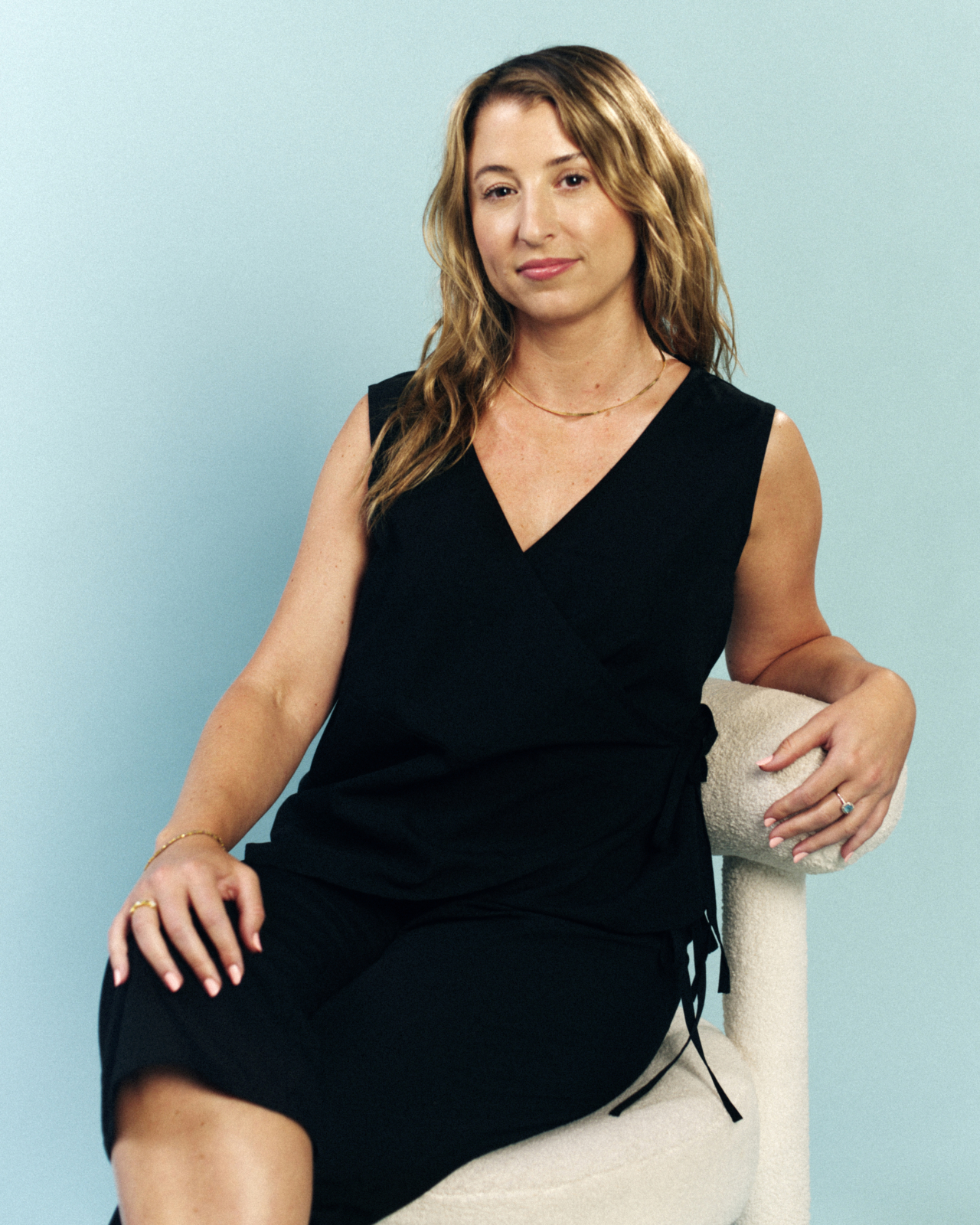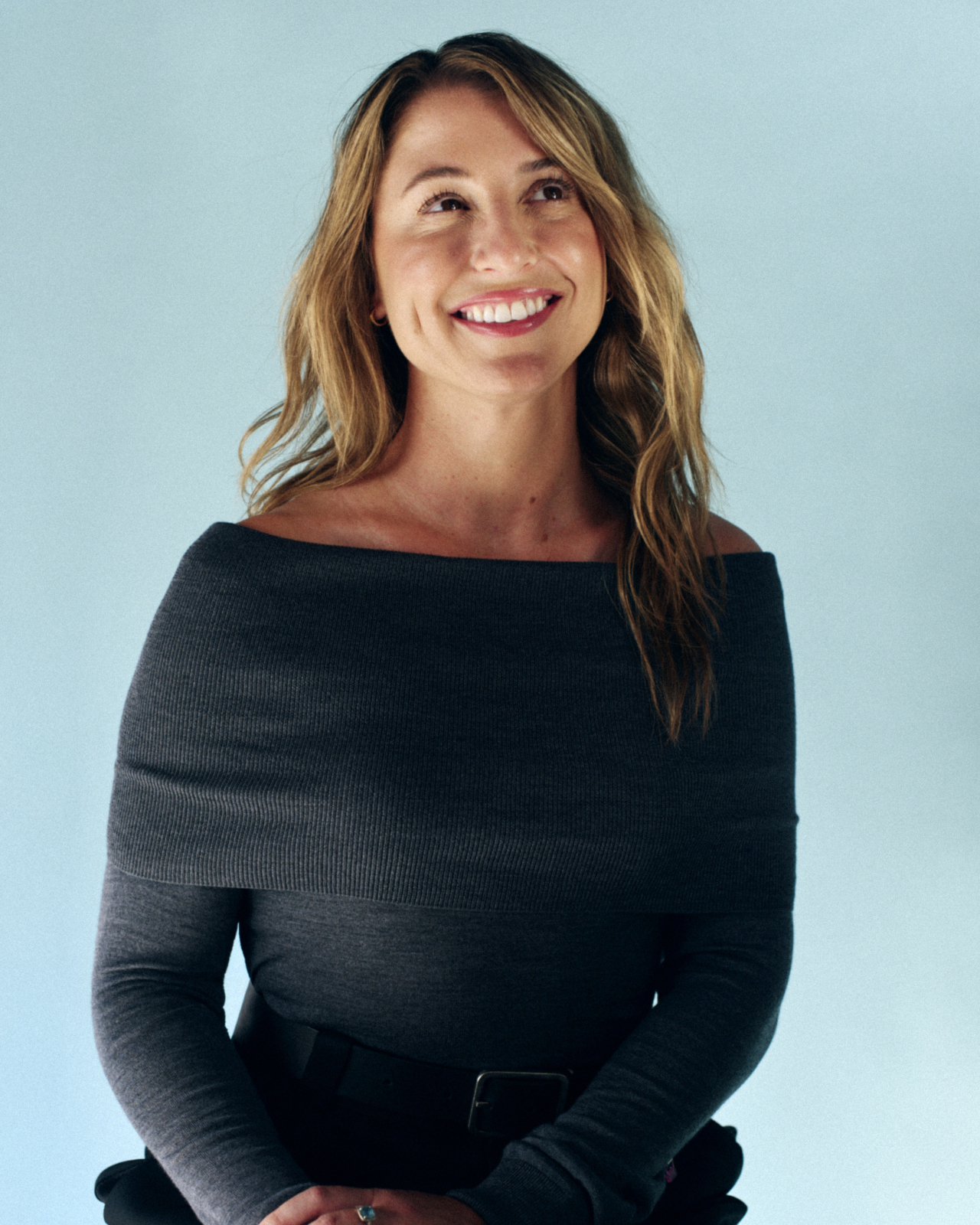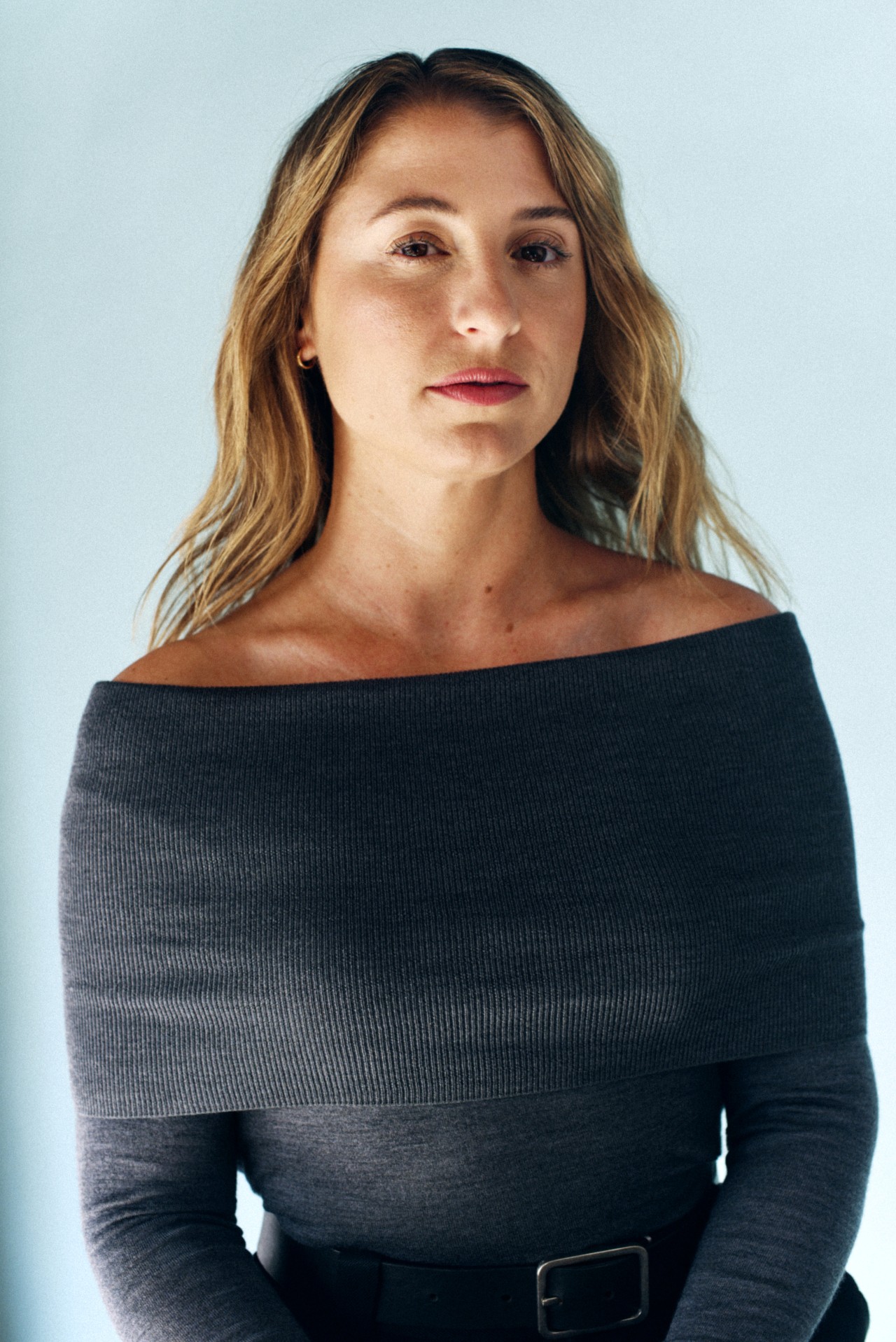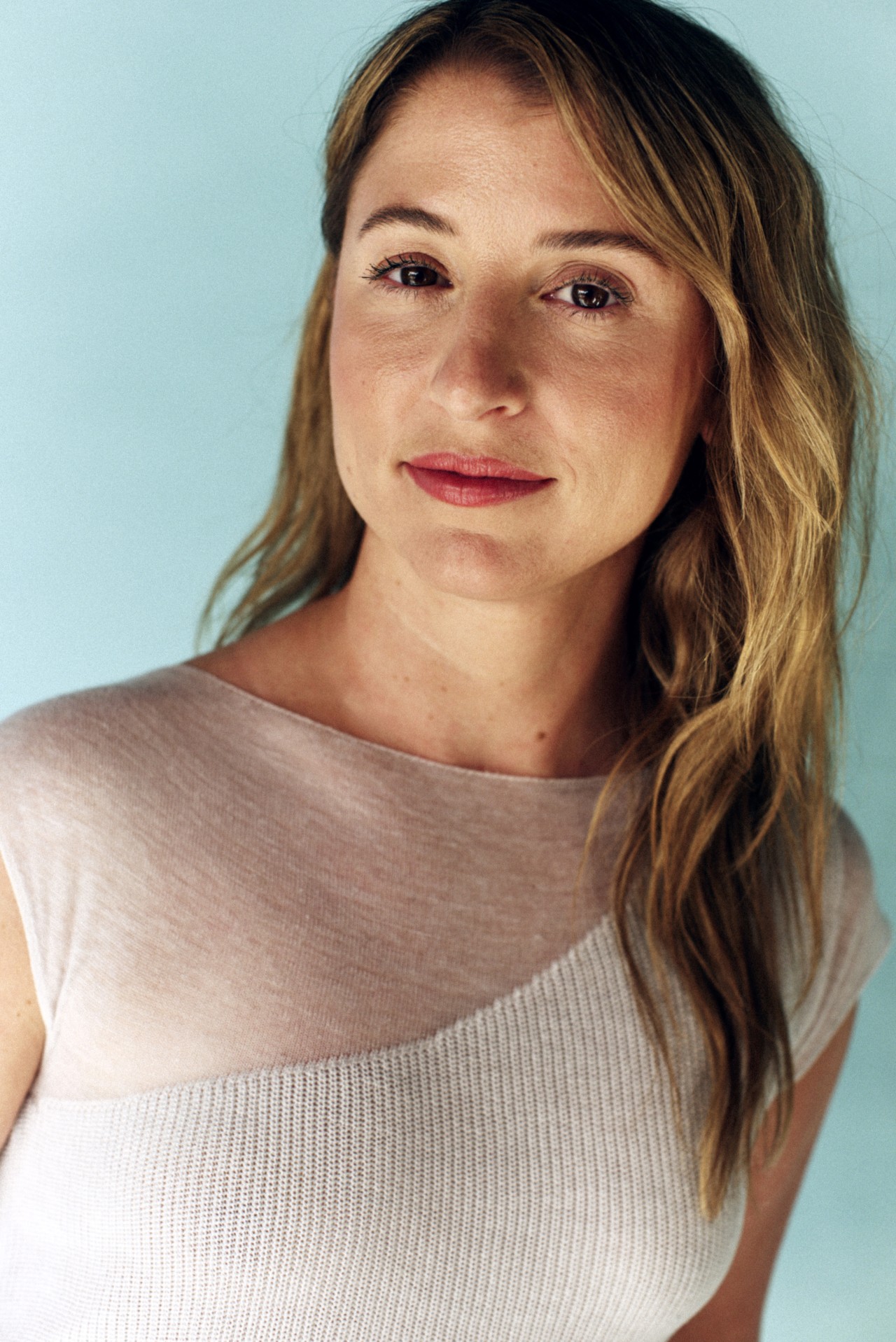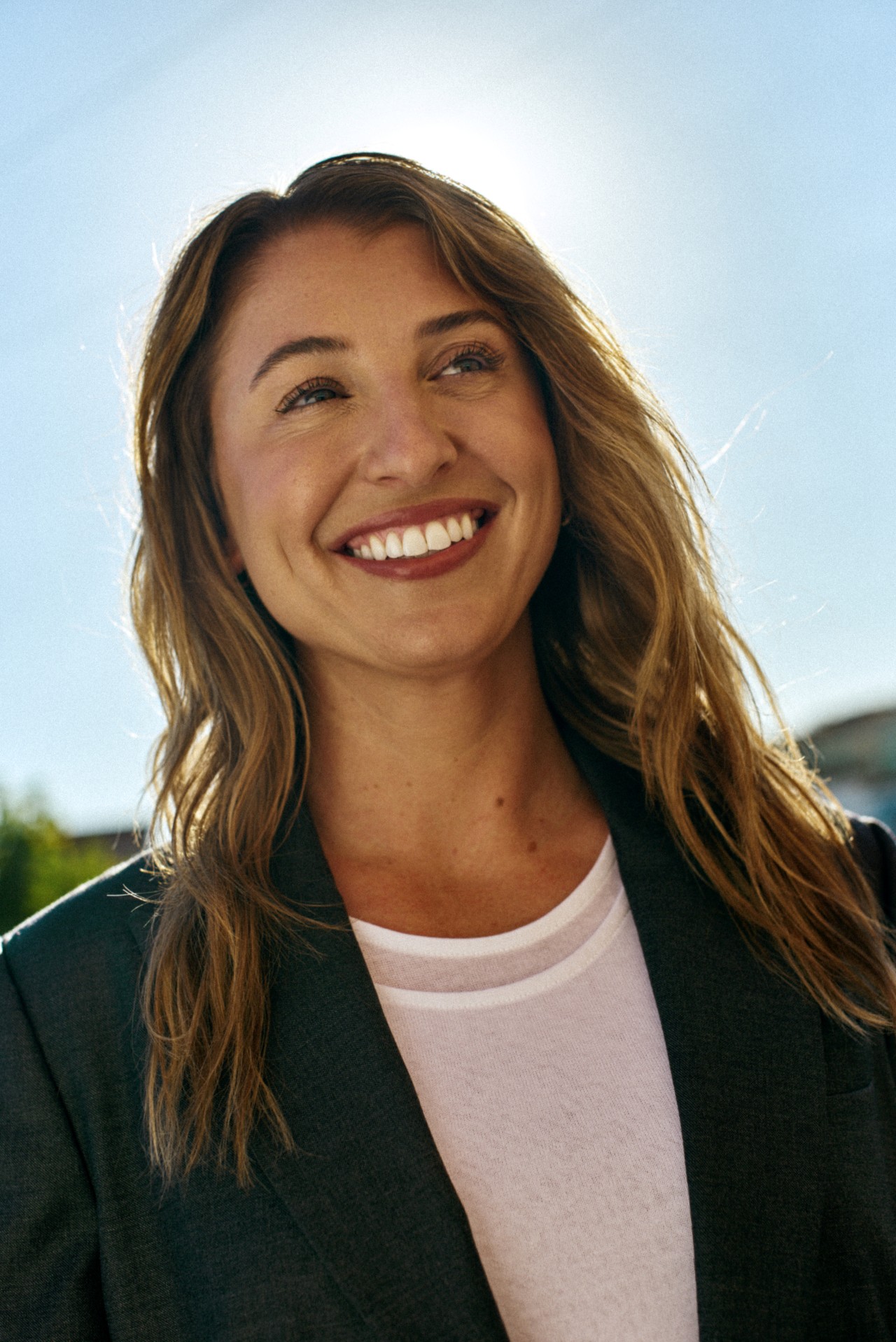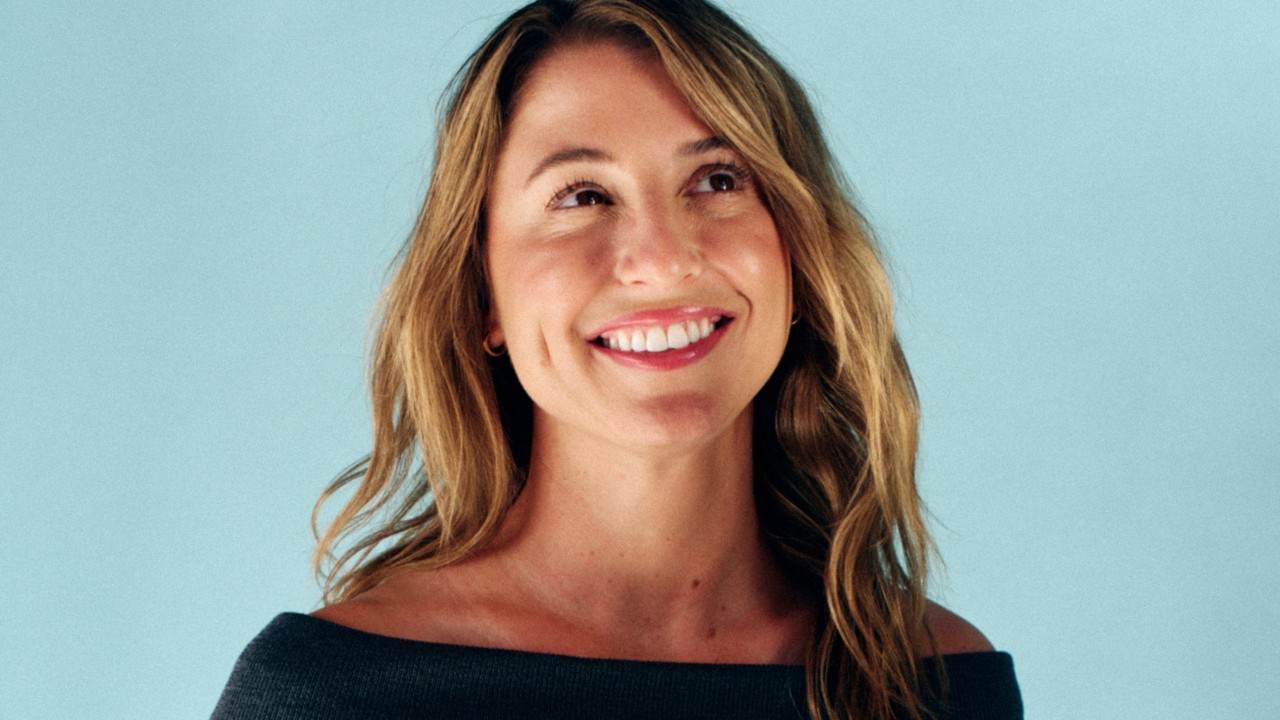
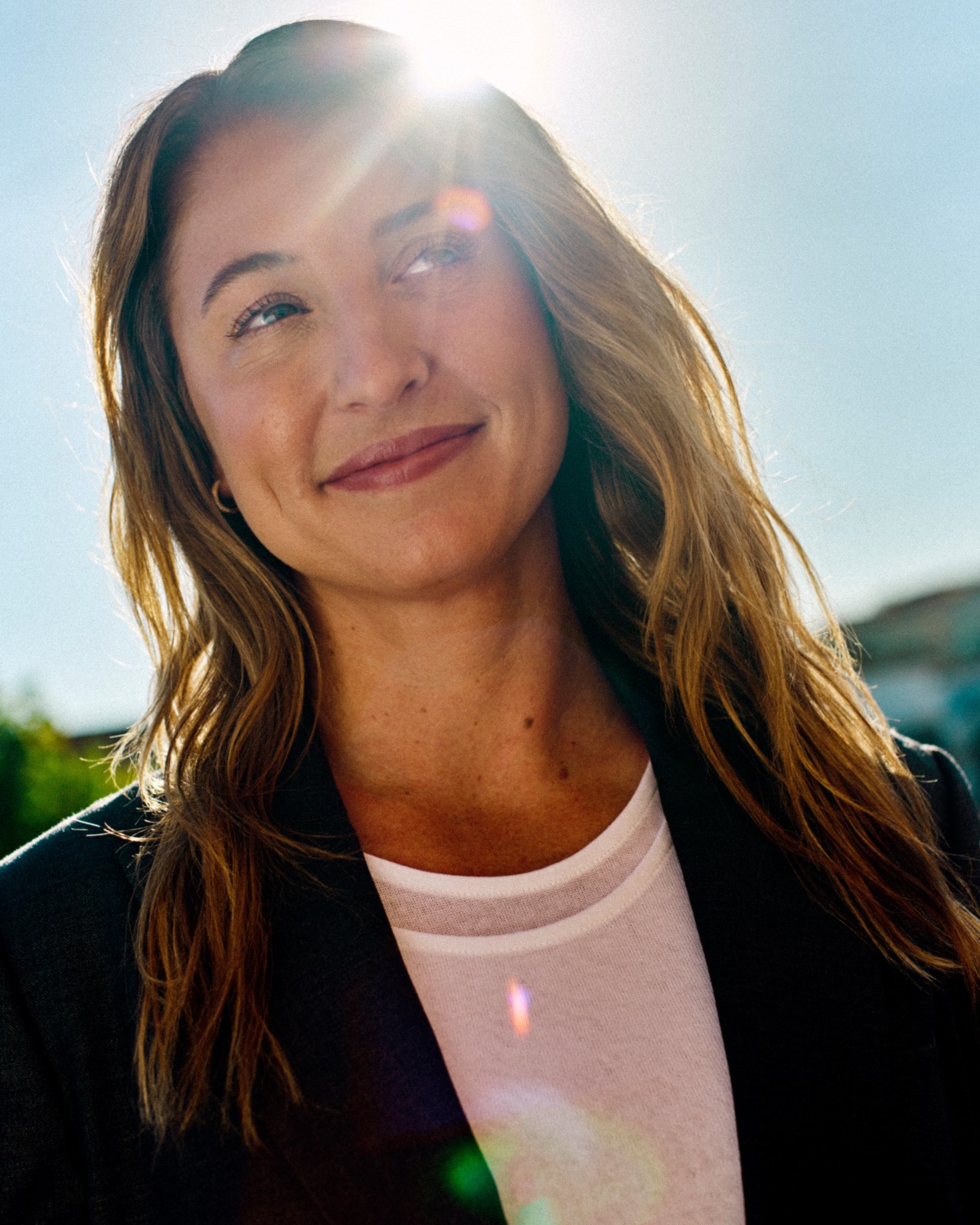
words by nicole caldwell
photographs by molly matalon
On the heels of last year’s presidential election, an invigorated Donald Trump promised to enact sweeping industry deregulation and roll back hard-won climate initiatives. In response, Atmos conceived of a new newsletter that would contextualize climate policy under the incoming administration with insights to inspire and empower our readers.
The shock-and-awe nature of neverending, breaking climate news since then is, simply put, demoralizing. People are understandably exhausted trying to keep up, fact-check, and follow the throughlines of stories. Add in a relentless, 24-hour news cycle coming at us from every direction, and it’s no wonder so many people have tuned out entirely.
We wanted our new newsletter to be an antidote to that political poison. We wanted it to also complement our other newsletter efforts: This Week, a roundup of recent Atmos coverage, and The Overview, a weekly meditation on nature from Editor-in-Chief Willow Defebaugh. We settled on the name The Understory because, like the dense layer of plants that grows between forest floor and canopy, this newsletter explores what lies beneath the headlines—intersectional storylines and evolving issues that explain how we got here and where we go next..
We knew the import of finding the right author for The Understory: Someone experienced in covering the government and the climate crisis, how the two intersect, and who is most affected. Then we met award-winning climate reporter Miranda Green.
Green’s experience covering money, misinformation, and environmental issues, and her extensive background in investigative reporting, put her in a unique position to speak to this exact moment and share valuable insights readers simply can’t get from a standard news feed. She has worked as a national investigative reporter at Huffpost and the director of investigations at Floodlight News, where she oversaw the nonprofit newsroom’s national investigative team and reported and edited climate focused series. Her stories were co-reported and published with national publications including NPR, ProPublica and The Guardian, several of which were recognized for awards. She reports on energy and the environment, federal agencies, money in politics, dark money and the manipulation of news to spread misinformation.
Between editions of The Understory, Green answered a few questions about the responsibility of the media today, what drew her to Atmos, and what gives her hope amidst all the noise.


Nicole Caldwell
With years of experience as an investigative reporter covering government, energy, environment, and climate, what do you think is missing from most climate-related media coverage?
Miranda Green
I feel like climate change is thankfully an issue that has gotten a lot more resonance in recent years. I started reporting on the issue when there were no climate reporters—we were just environment reporters or energy reporters—and the idea of climate change was still up for debate. Some of the articles I wrote had to leave space for climate denial because the science was not universally agreed upon. Especially when covering politics, the belief was that you had to be equal and fair on both sides.
We’ve thankfully come a long way in the sense that now we let science dictate reality. The science says that climate change is real and that humans have significantly contributed—to the air pollution we live with every day and to the extreme storms we are experiencing across the country, from wildfires to flooding to hurricanes.
But oftentimes, climate news is still written in a vacuum. We write about bad actors like the oil and gas industry, policy changes at the EPA, or environmentalists. But those stories are often written in silos. It’s very infrequent that reporters are able to thread the needle and show how all of these things are interconnected, because many are beat reporters and confined to their beats.
One of the benefits I see here with The Understory, and what I aim to bring to this newsletter, is the ability to show that climate is a universal story. Every story is a climate story. And it extends beyond breaking news to bad actors in the oil and gas industry, environmentalists responding to policy changes, lawmakers drafting legislation, advocacy groups suing oil and gas companies, or oil and gas companies suing environmentalists. These things are constantly happening behind the scenes. I think the media could do a better job explaining the reasons behind these things, the motives, and what it ultimately means not just for the planet but for everyday people. I hope to offer that analysis.

Nicole
What about The Understory feels different from other media coverage of the climate crisis?
Miranda
I hope that The Understory can be a place where we not only connect all the different facets of climate change, but also explain why the policies and stories are worth paying attention to. I want to meet people where they are—those who might be turned off by politics, disappointed by elections, or confused about how utilities or energy pricing works. It can explain to them why these issues matter: where their energy comes from, how expensive their bills will be, whether they can buy the cars they want, if they need to worry about air pollution in a neighborhood, or why the weather is so different than it used to be when they go on vacation.
These are things often lumped under “business”, “science” or “weather,” but really, they’re all climate issues. And what happens at the federal level trickles down into people’s everyday lives.
I also want The Understory to entice people to pay attention and not feel like it’s all doom and gloom. One of the main things I want to highlight is that there are people whose entire lives revolve around climate—scientists, researchers, advocates, and people in the energy industry on both sides. They are still passionate and believe fixes can be made. Some of those fixes may be adaptation or mitigation, but the point is that humans can make efforts to continue living with climate change. I want to highlight those hopes, because I think tuning out is a disservice to ourselves and our communities. There is interesting movement happening behind the scenes—even if it’s not in Washington, D.C.—and those are stories worth highlighting.
Nicole
What about Atmos resonated with you and made you want to author The Understory with us?
Miranda
What resonated with me most about Atmos—and what made me excited to author this newsletter—is the idea that every climate story is a people story. Climate is intertwined with humans, and humans are intertwined with nature. You can’t look at one without the other.
I love that Atmos’ storytelling frames this idea that we are all morally bound to care about the planet’s future. That means caring about our impact, the impact of others, and what we leave for future generations. Atmos stories are thought-provoking because they show clear ways humans can have an impact—both positive and negative—on the earth around us.
I also love that Atmos is visual. You see the reality of these stories in real time: plastic bags washing up on shores, Indigenous people fighting for their land, the impact of fast fashion. These issues are sometimes undervalued in high-brow climate coverage, but they are the ones most present in people’s daily lives.
As a writer, the best thing you can do is explain why these often convoluted, scientific topics matter—not 10 years from now, not five years, but right now. And Atmos gives people the sense that they can care, talk, and do something about it.

“I hope that The Understory can be a place where we not only connect all the different facets of climate change, but also explain why the policies and stories are worth paying attention to.”
Nicole
Your recent accolades include the 2025 National Press Club’s Arthur E. Rowse Award for Examining the News Media, the 2025 Los Angeles Press Club A-Mark prize for Reporting on Misinformation and Disinformation, and an honorable mention for the National Press Foundation’s 2025 Stokes Award for Best Energy and Environmental Writing. Having done so much work in the space, can you summarize what the media industry is up against regarding pressure from private interests and the Trump administration, and record-low trust in mainstream media?
Miranda
The media industry is in a bit of a crisis. Readership of newspapers and digital outlets is at record lows. Local news is declining rapidly. And at the same time, the internet has given anyone a megaphone.
Special interest groups, particularly the oil and gas industry and utility companies, are taking advantage of that. They’re not just pushing out information on websites—they’re taking advantage of distrust in mainstream media and putting up content that masquerades as news. I’ve reported on utilities buying historic Black papers that no longer report critically on the companies raising rates. I’ve reported on Chevron running the only local paper in Richmond, California, which didn’t cover its own major flaring events in a largely Hispanic community.
I’ve also written about PR-backed “pink slime” journalism—thousands of sites that look like local outlets but are really filled with content by fake or unnamed writers. These sites push positive industry stories or attack critics. I’ve seen examples targeting solar in Ohio or Greenpeace protesters in North Dakota.
This highlights what’s at stake for both journalists and readers. Journalists need to find ways to recapture audiences by being fair, objective, and transparent, and by providing proof for their reporting. Readers need to question where they’re getting news and learn to distinguish between stories that are backed by evidence and those that are too convenient or one-sided. If it seems too good to be true, it probably is.
I think the most important relationship now is between reporters and readers. Reporters must explain clearly, cite sources, and back up claims. Readers, in turn, must share credible information, call out falsehoods, and spread truth.
“As a reporter, it’s rewarding to reveal untold or buried stories, connect the dots, and give people the information they deserve. That’s what keeps me going.”
Nicole
How does The Understory cut through that noise?
Miranda
The Understory cuts through the noise by filtering it. Every week, I will take one of the biggest topics of the news cycle and explain why it matters—not just that it happened, but why you should care. That includes the backstory: how we got here, the players involved, who benefits, who doesn’t, and what happens next. Will there be lawsuits? New laws? Businesses that benefit or get hurt? Will electricity prices rise? Will home prices be affected? These are the kinds of questions I want to answer.
Too often, breaking climate news is reported as facts-only: “The UN released a new report showing we’re behind on climate goals.” But if you stop there, people don’t understand what it means. Context is everything. That context is what makes people realize climate news isn’t esoteric—it directly affects them. And that is what The Understory can do.
Nicole
A lot of people feel helpless or hopeless when they consider what we’re up against in fighting for a more sustainable, equitable, and green future. How do you stay enthusiastic and optimistic in your line of work?
Miranda
For me, I feel most energized when I’m talking to people for stories. Even in the most dire scenarios people find resilience.
For example, scientists acknowledge we may not see movement on climate policy under this administration, but they still have hope. Residents living in polluted communities still fight for a better life.
Sometimes just telling their stories gives them hope that someone will listen and change will follow.
As a reporter, it’s rewarding to reveal untold or buried stories, connect the dots, and give people the information they deserve. That’s what keeps me going.
Nicole
How can people support The Understory?
Miranda
The best way to support is to subscribe. Second is to engage. I want to build a diverse community of readers who tell me what resonates, what confuses, what infuriates, and what makes them tune out. Shoot me an email, let me know what’s on your mind, and hopefully I can bring those perspectives into future issues.

Styling Chantz Norris Hair and makeup Amber Jahn
Get to Know Miranda Green, Author of New Atmos Newsletter ‘The Understory’
